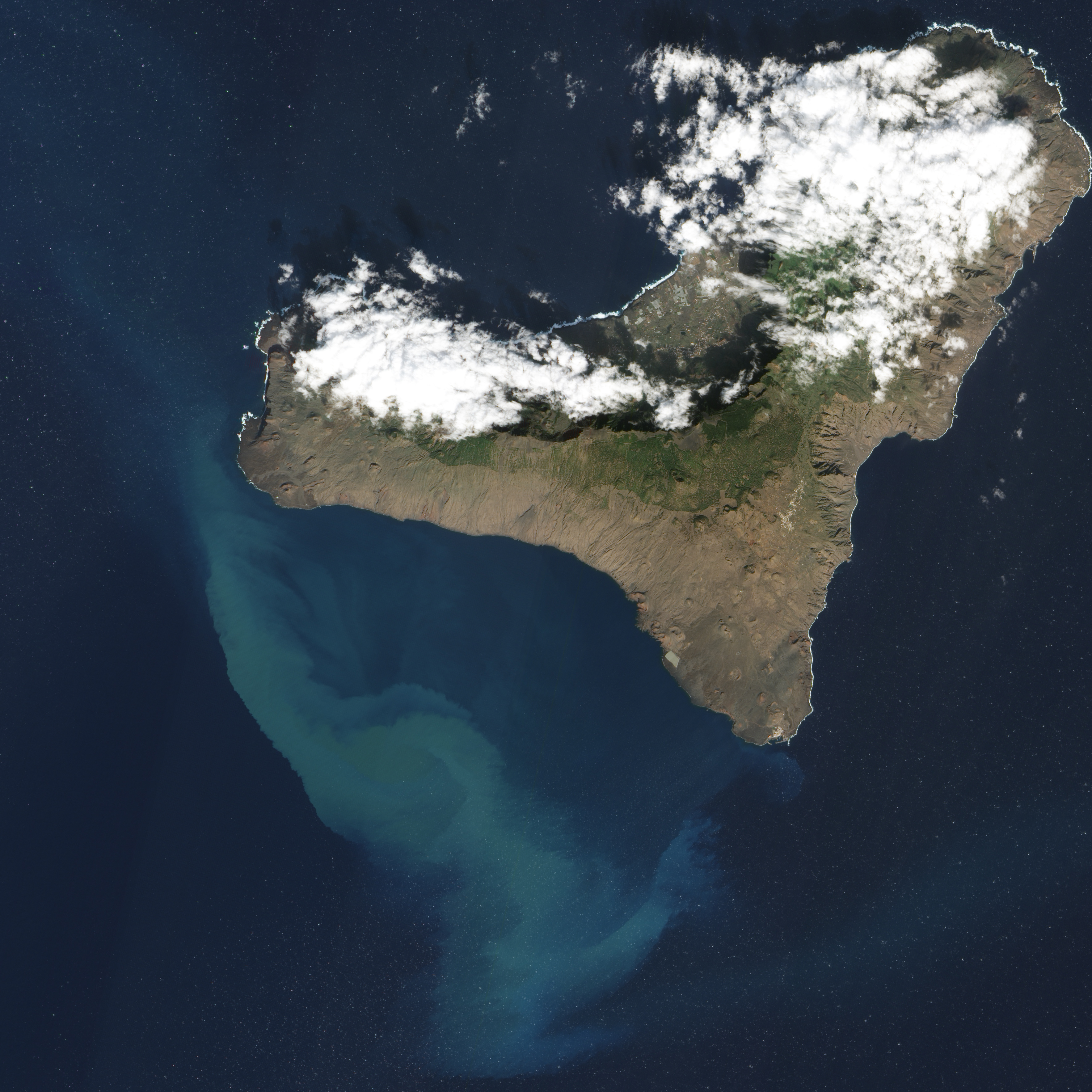 |
| The Grand Canyon of Yellowstone. Photo taken by Takeya Meggett. |
Yellowstone National Park, located in northwestern Wyoming and parts of Idaho and Montana, is chock full of awesome things to see- waterfalls, a petrified forest, mountains, and diverse wildlife, to name a few. What makes it so unique is its location above a
mantle hotspot supervolcano (the supervolcano gets its own blog post). As a result, there are a plethora of interesting geothermal features: hot springs, geysers, fumaroles and mud pots. In fact, 2/3 of the geysers in the world are found in Yellowstone NP! Even I'm not familiar with the differences between all of these geothermal features, so here is a breakdown, according to the
National Park Service and
this site:
Hot Springs are where groundwater heated by geothermal energy emerges from the Earth's surface, They can have brilliant colors based on what minerals are dissolved in the water.
 |
Grand Prismatic Spring is the largest hot spring in the US. The coloration is due to the water itself (the blues) and pigmented bacteria in microbial mats around the edges (the other colors).
|
 |
| Bacterial mats of Grand Prismatic Spring. Photo taken by Takeya Meggett. |
Geysers are hot springs that build up enough pressure to expel super-heated water into the air.
 |
| Old Faithful Geyser. Photo taken by Takeya Meggett. |
Fumaroles, or steam vents, do not have as much water as hot springs and geysers. The water that is available turned to steam when it comes into contact with hot rocks underground. There is often a loud hiss associated with fumaroles as the steam rushes up through the crack in the rock and out of the vent.
 |
Black Growler Steam Vent (Fumarole)
|
Mudpots are formed when nearby rocks has been dissolved by groundwater and steam rises through the groundwater.
 |
| Mud Volcano is one of the mud pots at Yellowstone. There is usually more mud, but it was cold and dry when this photo was taken, so the cracks formed. Photo taken by Takeya Meggett. |
P.S.: A big thank you to my friend and colleague, Takeya, for sharing her wonderful photos with me! She is currently living out in Wyoming, working for Grand Teton National Park as an Interpretive Naturalist. I am really jealous!







